
How to Use TVS-Diode: Examples, Pinouts, and Specs
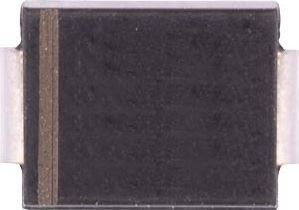
 Design with TVS-Diode in Cirkit Designer
Design with TVS-Diode in Cirkit DesignerIntroduction
The Chanzon SMBJ5.0A DO-214AA is a Transient Voltage Suppressor (TVS) diode designed to protect sensitive electronic components from voltage spikes. It achieves this by clamping excess voltage and diverting surge currents away from the protected circuit. This diode is particularly effective in safeguarding devices from electrostatic discharge (ESD), lightning-induced surges, and other transient voltage events.
Explore Projects Built with TVS-Diode
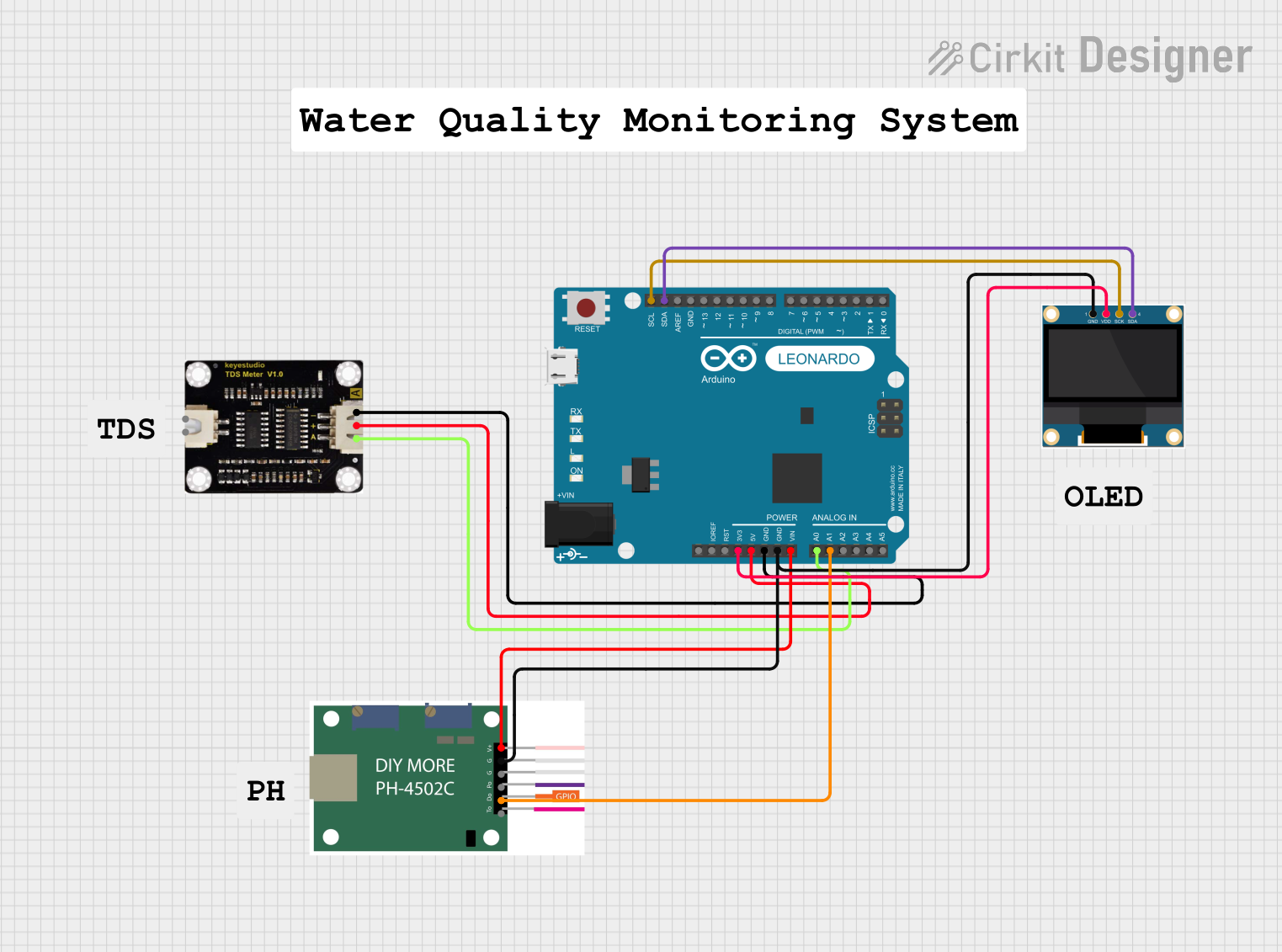
 Open Project in Cirkit Designer
Open Project in Cirkit Designer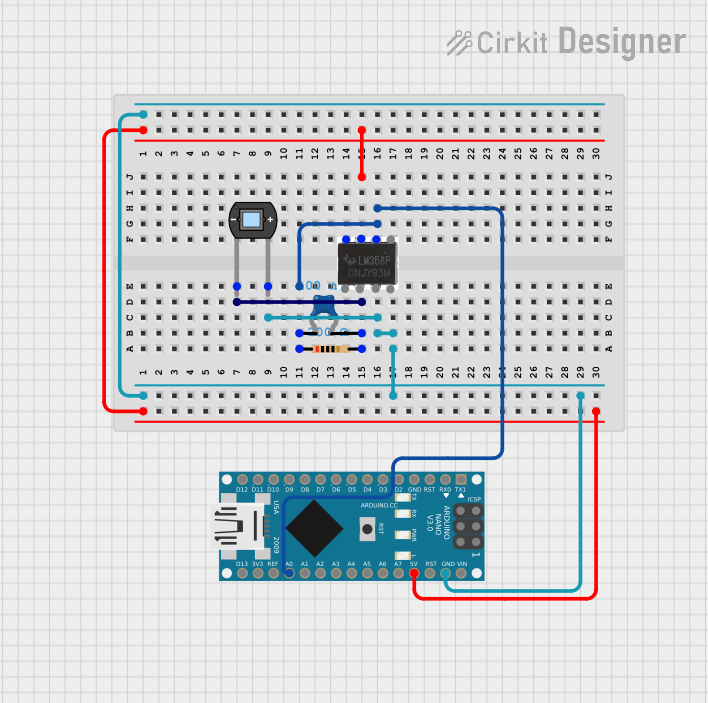
 Open Project in Cirkit Designer
Open Project in Cirkit Designer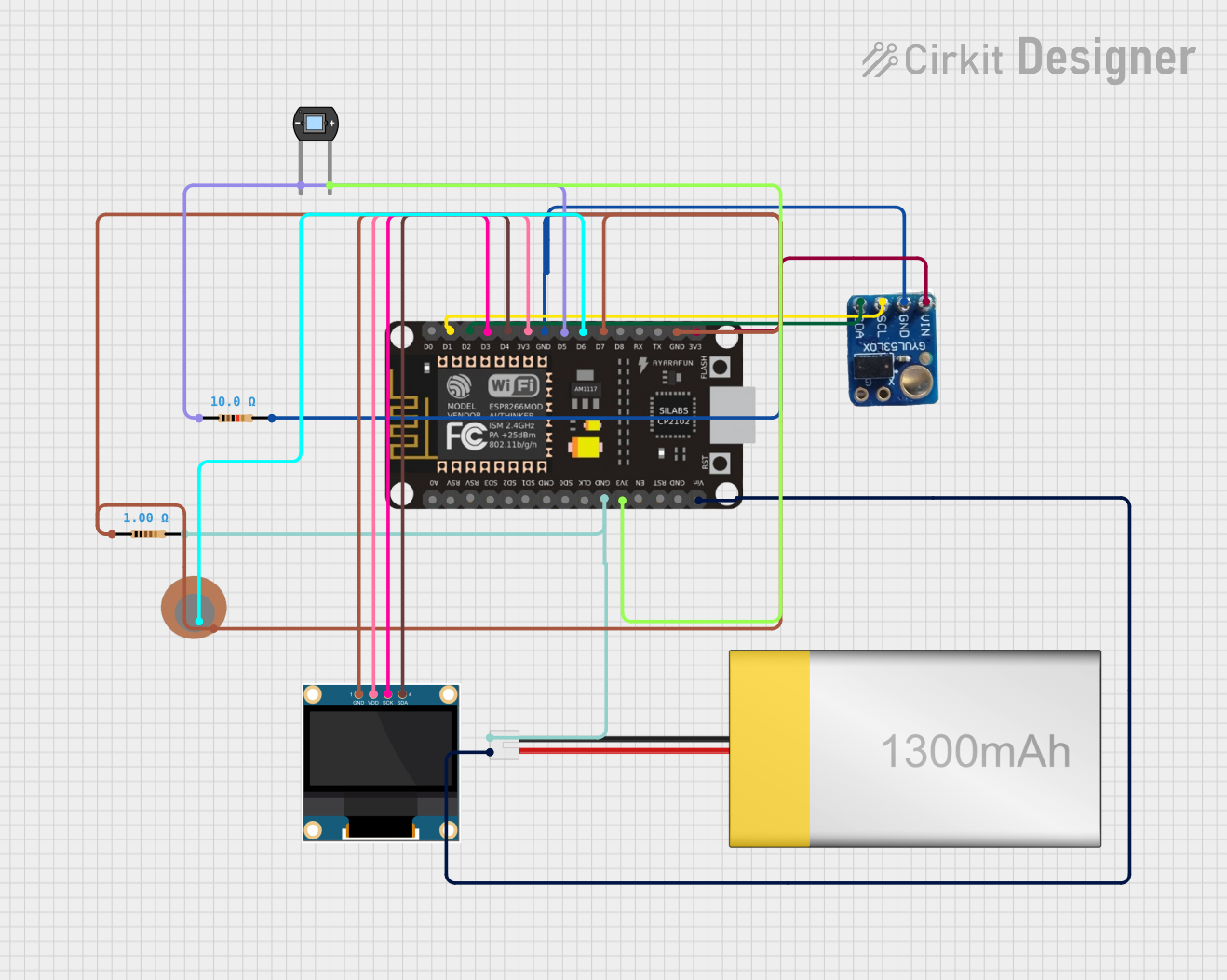
 Open Project in Cirkit Designer
Open Project in Cirkit Designer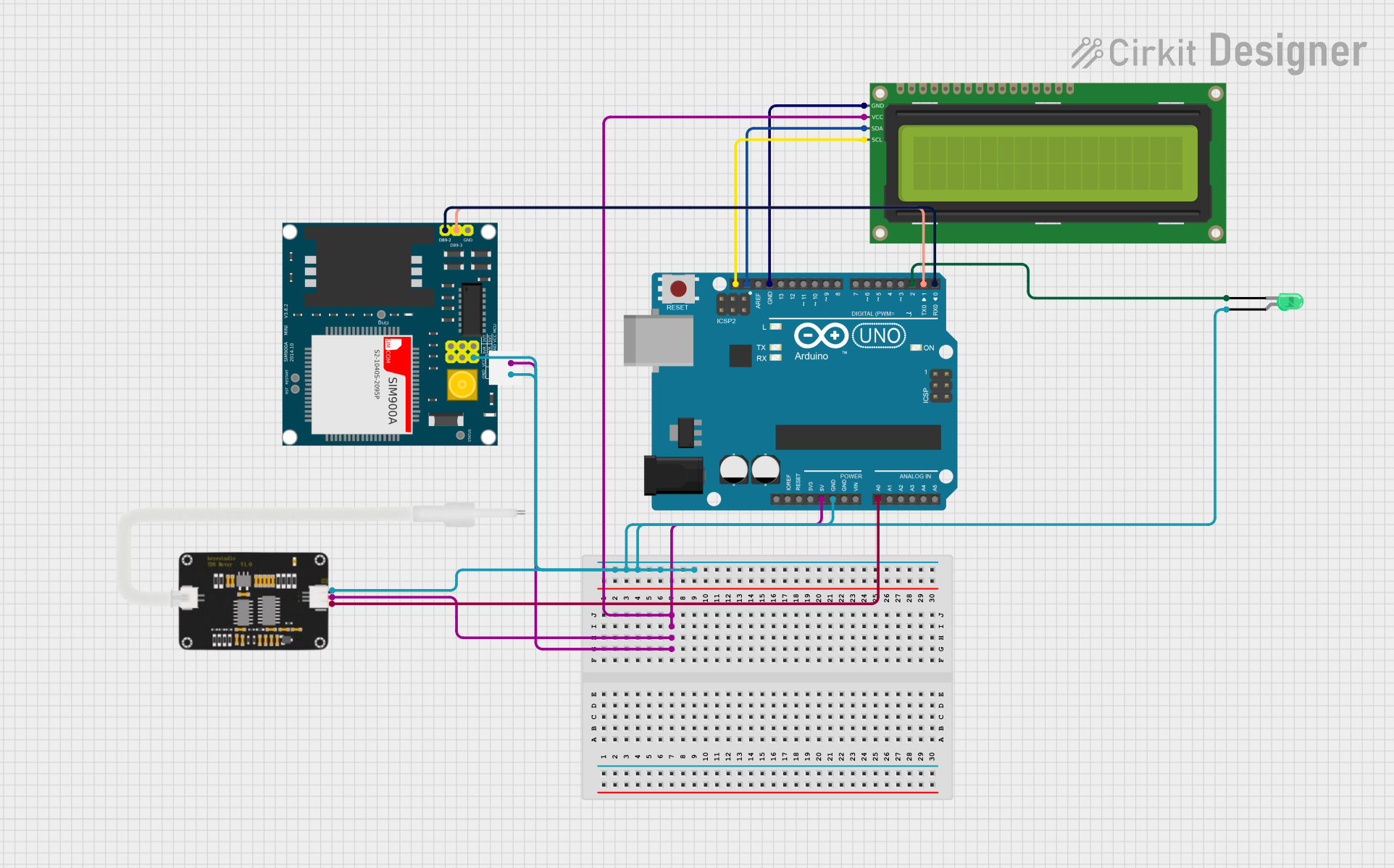
 Open Project in Cirkit Designer
Open Project in Cirkit DesignerExplore Projects Built with TVS-Diode

 Open Project in Cirkit Designer
Open Project in Cirkit Designer
 Open Project in Cirkit Designer
Open Project in Cirkit Designer
 Open Project in Cirkit Designer
Open Project in Cirkit Designer
 Open Project in Cirkit Designer
Open Project in Cirkit DesignerCommon Applications and Use Cases
- Protection of power supply lines in electronic circuits
- Safeguarding microcontrollers, ICs, and other sensitive components
- Automotive electronics for surge protection
- Industrial equipment and communication systems
- Consumer electronics such as smartphones, laptops, and TVs
Technical Specifications
The following table outlines the key technical specifications of the Chanzon SMBJ5.0A DO-214AA TVS diode:
| Parameter | Value |
|---|---|
| Manufacturer | Chanzon |
| Part Number | SMBJ5.0A DO-214AA |
| Breakdown Voltage (VBR) | 6.4V (minimum) to 7.07V (maximum) |
| Working Stand-Off Voltage (VWM) | 5.0V |
| Clamping Voltage (VC) | 9.2V (maximum) |
| Peak Pulse Current (IPP) | 65.2A (at 10/1000µs waveform) |
| Power Dissipation (PPP) | 600W |
| Reverse Leakage Current (IR) | 1µA (at VWM) |
| Package Type | DO-214AA (SMB) |
| Polarity | Unidirectional |
| Operating Temperature Range | -55°C to +150°C |
| Storage Temperature Range | -55°C to +150°C |
Pin Configuration and Descriptions
The SMBJ5.0A DO-214AA TVS diode has a simple two-pin configuration:
| Pin | Description |
|---|---|
| Anode | Positive terminal of the diode |
| Cathode | Negative terminal (marked with a band) |
The cathode is typically connected to the circuit's ground, while the anode is connected to the protected line.
Usage Instructions
How to Use the Component in a Circuit
- Identify the Protected Line: Determine the line or component that requires protection from voltage transients.
- Connect the TVS Diode:
- Connect the anode to the protected line.
- Connect the cathode to the ground (for unidirectional diodes like the SMBJ5.0A).
- Verify Voltage Ratings: Ensure the working stand-off voltage (VWM) of the diode is higher than the normal operating voltage of the protected line.
- Placement: Place the TVS diode as close as possible to the component or circuit being protected to minimize inductive effects.
Important Considerations and Best Practices
- Voltage Selection: Choose a TVS diode with a breakdown voltage slightly above the normal operating voltage of the circuit.
- Power Dissipation: Ensure the diode's power dissipation rating (600W for this model) is sufficient for the expected surge energy.
- Polarity: For unidirectional diodes, ensure correct polarity during installation. Reversed polarity can render the diode ineffective.
- PCB Layout: Minimize the trace length between the TVS diode and the protected component to reduce parasitic inductance.
Example: Using the TVS Diode with an Arduino UNO
To protect an Arduino UNO's 5V power supply line from voltage spikes, you can use the SMBJ5.0A TVS diode as follows:
- Connect the anode of the TVS diode to the 5V line.
- Connect the cathode to the ground (GND) pin of the Arduino.
Here is an example Arduino sketch to demonstrate normal operation after adding the TVS diode:
// Example Arduino code to blink an LED
// This assumes the TVS diode is protecting the 5V line from voltage spikes.
const int ledPin = 13; // Pin connected to the onboard LED
void setup() {
pinMode(ledPin, OUTPUT); // Set the LED pin as an output
}
void loop() {
digitalWrite(ledPin, HIGH); // Turn the LED on
delay(1000); // Wait for 1 second
digitalWrite(ledPin, LOW); // Turn the LED off
delay(1000); // Wait for 1 second
}
The TVS diode ensures that any voltage spikes on the 5V line are clamped, protecting the Arduino from damage.
Troubleshooting and FAQs
Common Issues Users Might Face
TVS Diode Overheating:
- Cause: Continuous exposure to voltages above the working stand-off voltage (VWM).
- Solution: Verify that the operating voltage of the circuit does not exceed the diode's VWM. Replace the diode if it has been damaged.
Circuit Not Protected from Spikes:
- Cause: Incorrect polarity or improper placement of the diode.
- Solution: Ensure the cathode is connected to ground and the anode to the protected line. Place the diode as close as possible to the protected component.
High Leakage Current:
- Cause: Damaged diode or excessive ambient temperature.
- Solution: Check the diode's reverse leakage current (IR) and replace it if necessary. Ensure the operating temperature is within the specified range.
FAQs
Q1: Can I use the SMBJ5.0A for bidirectional protection?
A1: No, the SMBJ5.0A is a unidirectional TVS diode. For bidirectional protection, use a bidirectional TVS diode such as the SMBJ5.0CA.
Q2: How do I know if the TVS diode is damaged?
A2: A damaged TVS diode may exhibit high leakage current, fail to clamp voltage spikes, or show physical signs of damage (e.g., discoloration or cracks). Use a multimeter to check its breakdown voltage.
Q3: Can I use this diode for AC voltage protection?
A3: No, unidirectional TVS diodes like the SMBJ5.0A are designed for DC circuits. For AC applications, use a bidirectional TVS diode.
By following this documentation, you can effectively use the Chanzon SMBJ5.0A DO-214AA TVS diode to protect your electronic circuits from voltage transients.